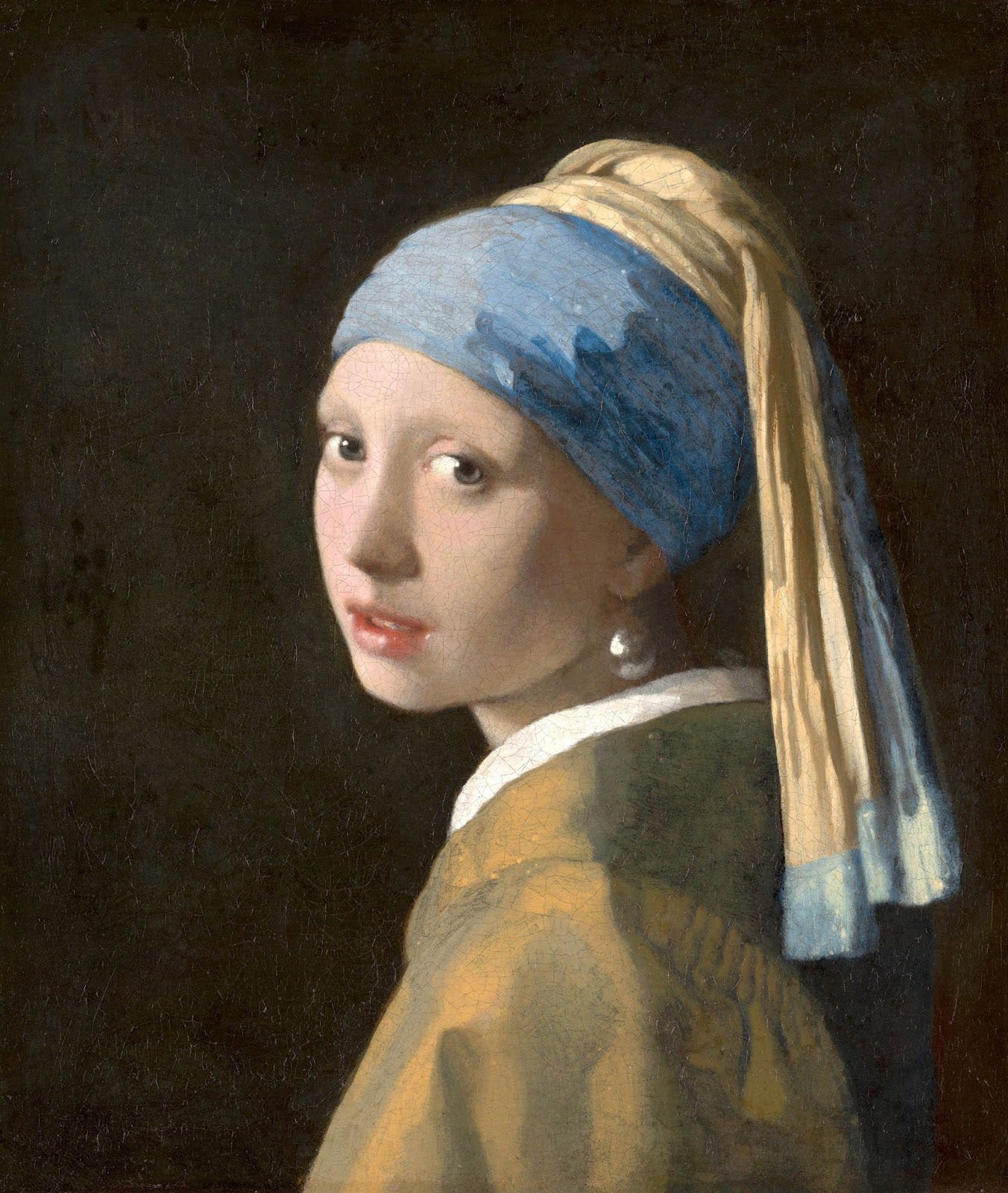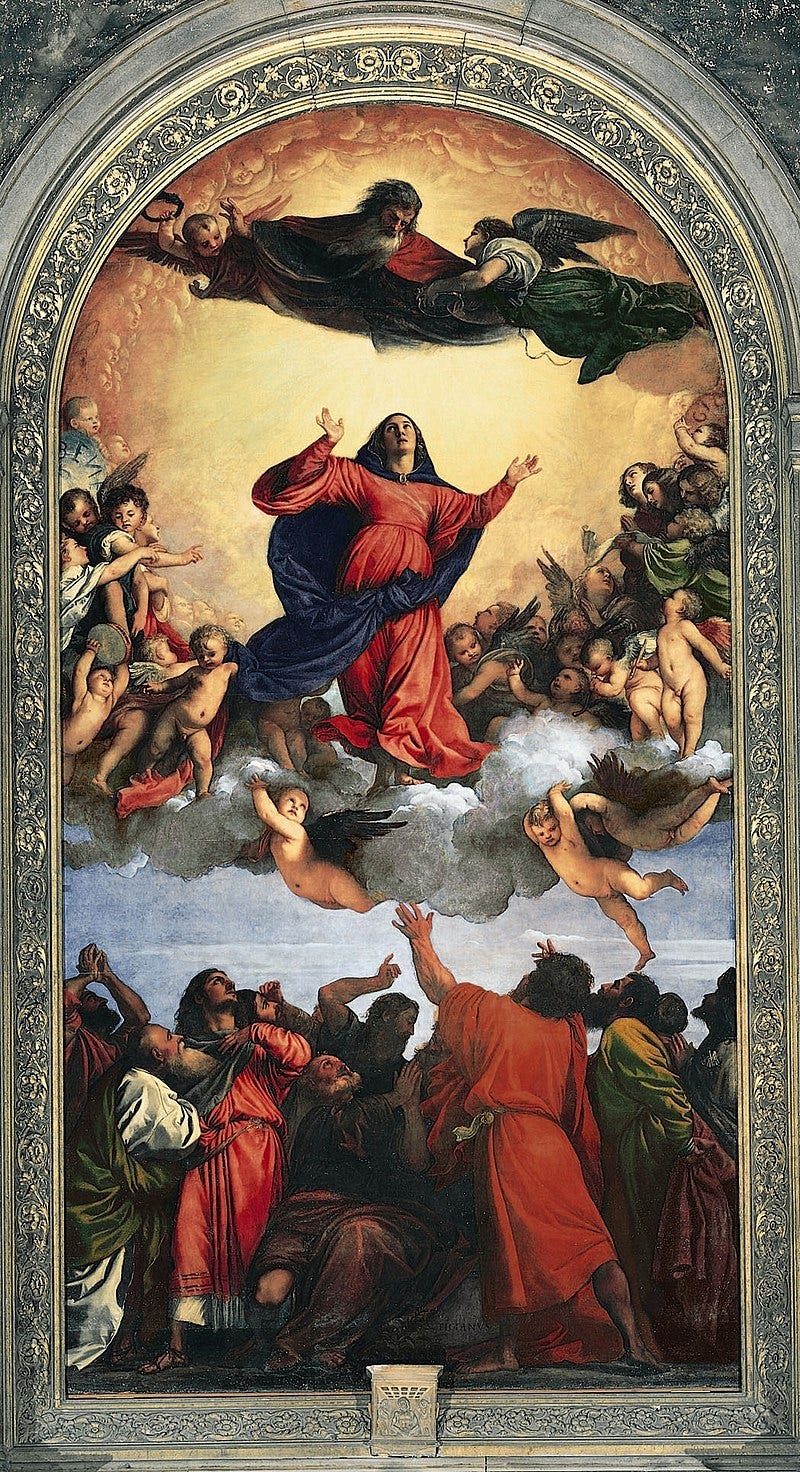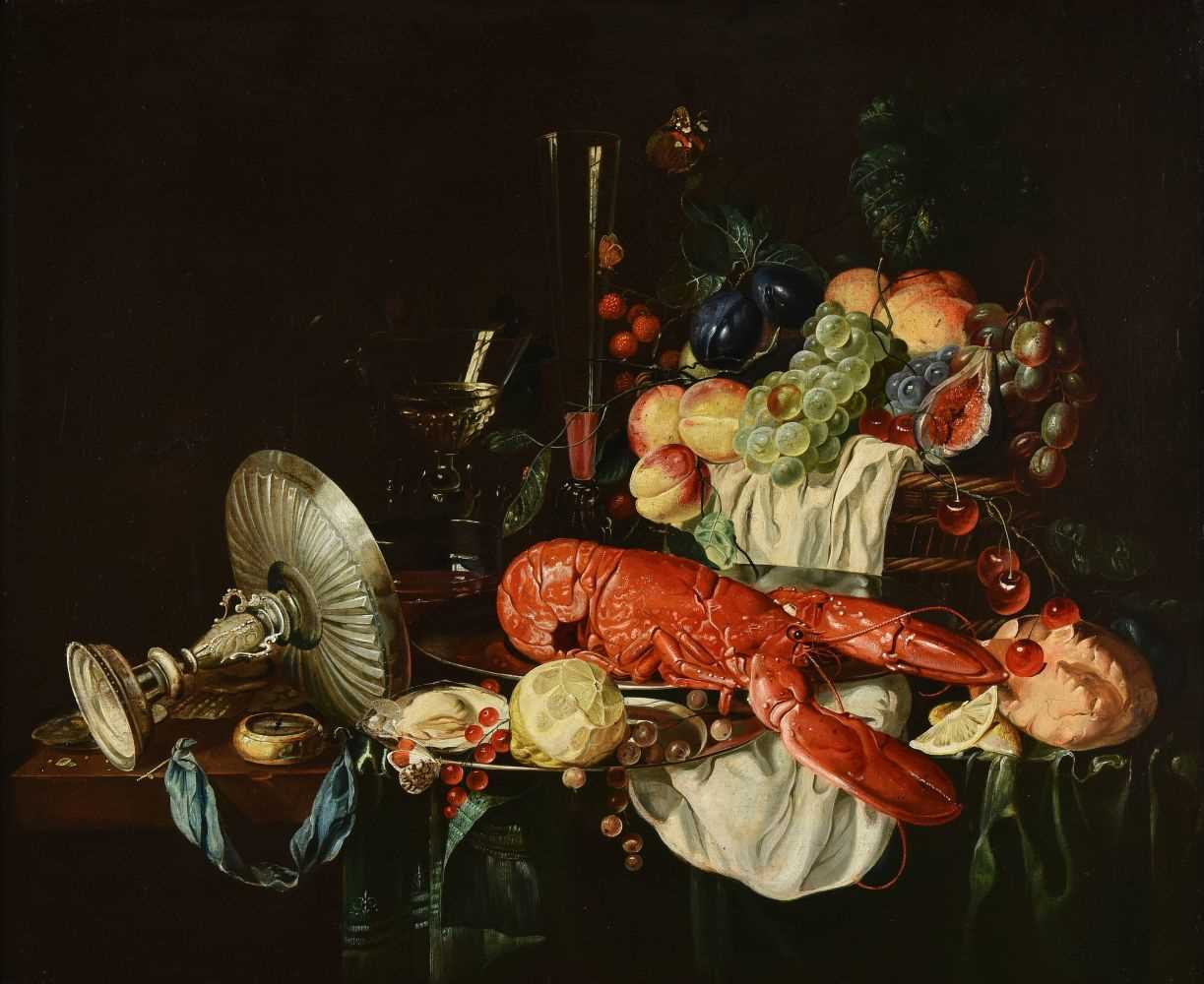Ca$h and Canvas: Berger’s Take on Art and Affluence
John Berger’s essays in Ways of Seeing have fundamentally transformed my perspective on art and visual culture. The title itself beckons us to reconsider how we view the world around us. Berger argues that our interpretations of images are shaped by social, political, and ideological factors, often obscuring their true meanings. He challenges us to question our assumptions, prompting a reflection on our biases as viewers experiencing visual art.
If you haven’t yet explored this influential art critic’s theories, I highly recommend dedicating a couple of hours one evening to dive in. But if you can’t, don’t worry—I’ll unpack some of his key ideas here, particularly his insights on possession as a marker of social status in European oil paintings from the 16th to the 18th centuries.
Objectification and Wealth
One of the clearest ways to understand how subject matter in oil paintings revolves around objectification—specifically showcasing wealth and status—is through a quote from anthropologist Claude Lévi-Strauss that Berger includes in his fifth essay: “It is the avid and ambitious desire to take possession of the object for the benefit of the owner or even the spectator which seems to me to constitute one of the outstandingly original features of the art of Western civilization.” This statement underscores how the material wealth depicted in these paintings is simultaneously designed for patrons to flaunt and viewers to admires, reinforcing the strong link between art as a vehicle for displaying social status.
Possession: A Reflection of Identity
European oil paintings often act as mirrors, reflecting the material wealth of the patrons who commissioned them. The subject matter goes beyond simple images; the carefully selected objects in each scene symbolize the possessions and status of their owners. In Vermeer’s iconic Girl with a Pearl Earring, for example, the pearl earring itself serves as a powerful emblem of wealth and social standing. Our attention is deliberately drawn to this object, highlighting the connection between personal identity and material possessions. The woman wears the earring because either the patron or the artist has chosen to present her as someone of high social status.
Girl with a Pearl Earring, Johannes Vermeer (1665)
As Berger succinctly states, “Oil paintings often depict things that are buyable… to have a thing painted and put on a canvas is not unlike buying it and putting it in your house.” This phrase illustrates how the subject matter was intentionally chosen to represent the wealth of the patron, who displayed the painting in their home, private chapel, or another venue.
During the Renaissance, affluent merchants in Italian city-states were eager to commission artworks that showcased their riches. Take Titian’s Assumption of the Virgin, for instance. While the painting exalts the divine, it also elevates the status of its patrons. The opulence captured in the artwork—golden robes, rich textures, and elaborate settings—reflects the material success of those who commissioned it. Italian patrons viewed painters as agents who would help affirm their ownership of all that is “beautiful and desirable” in the material world.
Assumption of the Virgin, Titian (1516)
Through these examples, it becomes clear that European oil paintings are more than artistic expressions; they are vehicles for the patron to demonstrate their possession of goods, thus hinting at privilege and power, ultimately revealing the underlying values and hierarchies of the society that produced these visuals.
Access to Foreign Goods: A Reflection of Wealth
In 16th and 17th century Dutch art, the focus often shifted to merchandise - goods produced overseas and imported by boat to places like Delft, Antwerp and Amsterdam - reflecting the lives of wealthy merchants eager to showcase their everyday extravagance. This gave rise to the genre known as "still life," exemplified by works like Still Life with a Lobster by De Heem. The meticulous detail in these paintings—showcasing fine tableware, fruits, and other luxurious items—acts as a visual testament to the wealth and refined tastes of the patrons who displayed them in their homes. Here, the scene features rare items like citrus fruits, underscoring the merchant class's affluence and their global connections.
Still Life with a Lobster, Jan Davidsz De Heem (c. 1640)
The items depicted in these still lifes frequently originated from distant lands, highlighting the extensive trade networks of the Dutch Golden Age. Silks from the East, spices from the Indies, and exotic fruits from warmer climates were all incorporated into these works. For instance, Clara Peeters’ still lifes, showcase dates, nuts and other foreign edibles, emphasizing the importance of international trade as a prerequisite of secular wealth.
Still Life with Flowers, a Silver-gilt Goblet, Dried Fruit, Sweetmeats, Bread sticks, Wine and a Pewter Pitcher, Clara Peeters (1611)
These still lifes tell the story of a rising Dutch social class that thrived on international trade. The ability to acquire such exotic goods signified not only increased purchase power, but also an emerging class within Dutch society, as merchants became influential figures in the economy and politics of the Dutch Republic. Thus, the still life genre celebrates material possessions while reflecting broader economic and social dynamics, showcasing how access to foreign goods elevated the merchant class and redefined social hierarchies.
Knowledge: A Mark of Intellect and Privilege
Material wealth was not the only marker of status. Knowledge also emerged as a significant symbol of prestige. Historically, knowledge was primarily a privilege of the affluent, often viewed as a commodity that could enhance one's social standing. Patrons frequently chose to be depicted alongside visual references to Greco-Roman culture, which connoted sophistication and erudition.
A striking example is Zoffany’s Mr. Towneley and Friends, where intellectual discourse among the figures conveys not only their wealth but also their cultivated knowledge. The inclusion of books, classical sculptures, and philosophical references suggests that these patrons were not just wealthy; they were educated individuals who valued learning and culture. This intellectual engagement elevated their societal standing, marking them as enlightened members of the upper class.
Charles Towneley and his Friends in his Library at Park Street, Westminster, Johann Zoffany (1781–1790 & 1798)
Holbein’s The Ambassadors further exemplifies this connection between knowledge and status. The two men are surrounded by objects referencing the sciences—fields largely reserved for those who had the time and resources for such pursuits. The meticulously painted items, including globes and scientific instruments, offer insights into the men’s societal positions, depicting them as traveled and worldly individuals equipped with knowledge that transcends mere wealth.
The Ambassadors, Hans Holbein the Younger (1533)
By incorporating these elements, artists crafted narratives that positioned their patrons not just as affluent individuals but as learned and cultured members of society.
Land Ownership: A Reflection of Status
Another prominent theme in European oil painting is the depiction of grand buildings and expansive landscapes, symbolizing the wealth tied to land ownership. Works like Thomas Gainsborough’s Mr. and Mrs. Andrews highlight the subjects' affluence and their status as members of the landed gentry. The vast estate in the background serves as a powerful marker of social standing, illustrating how land ownership was closely associated with prestige and power.
Mr and Mrs Andrews, Thomas Gainsborough (1750)
These portrayals reflect the landed class's desire to be depicted as property owners, reinforcing a broader European obsession with material wealth. The grandeur of the settings emphasizes that owning land equates to social influence. Detailed architecture and landscapes convey a sense of stability and legacy, reflecting the family's history and significance within the social hierarchy.
Green gardens and well-maintained grounds suggest not only wealth but also an appreciation for nature, portraying the owners as refined and sophisticated. Including elements like livestock or crops emphasizes the landowner’s connection to their estate, presenting them as responsible stewards of their wealth and heritage.
Ultimately, these depictions serve as visual affirmations of power, reinforcing the notion that land ownership was central to status and influence during this period.
Art: A Means of Communication
Paintings from this era convey multifaceted messages through their chosen subjects. Berger’s assertion that European oil painting from the 16th to the 18th century is deeply concerned with possession, wealth, and status is evident in the works commissioned by patrons to immortalize their affluence.
When we gaze upon these artworks, we aren’t just admiring their beauty; we are invited to explore the lives of these patrons. We witness their luxurious goods, their engagement with classical knowledge, and their vast landholdings—all elements that elevate them above the masses. These images serve as powerful statements of status and power, offering a glimpse into a world where art and possession are inextricably linked. By examining these works, we come to appreciate not just their aesthetic beauty but also the complex narratives of wealth, knowledge, and identity woven into the fabric of art history.








